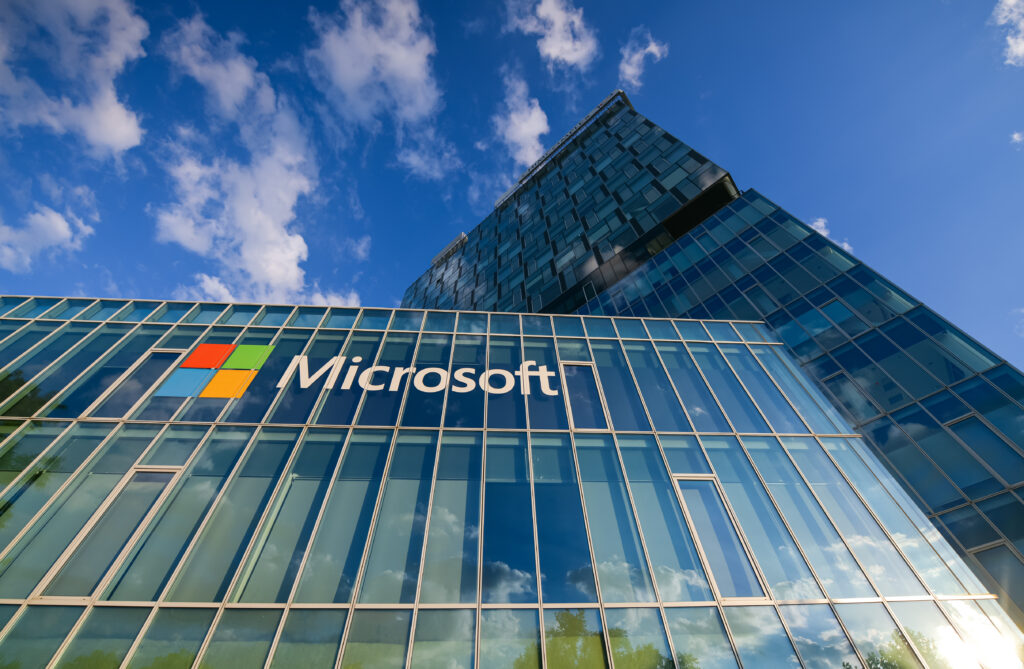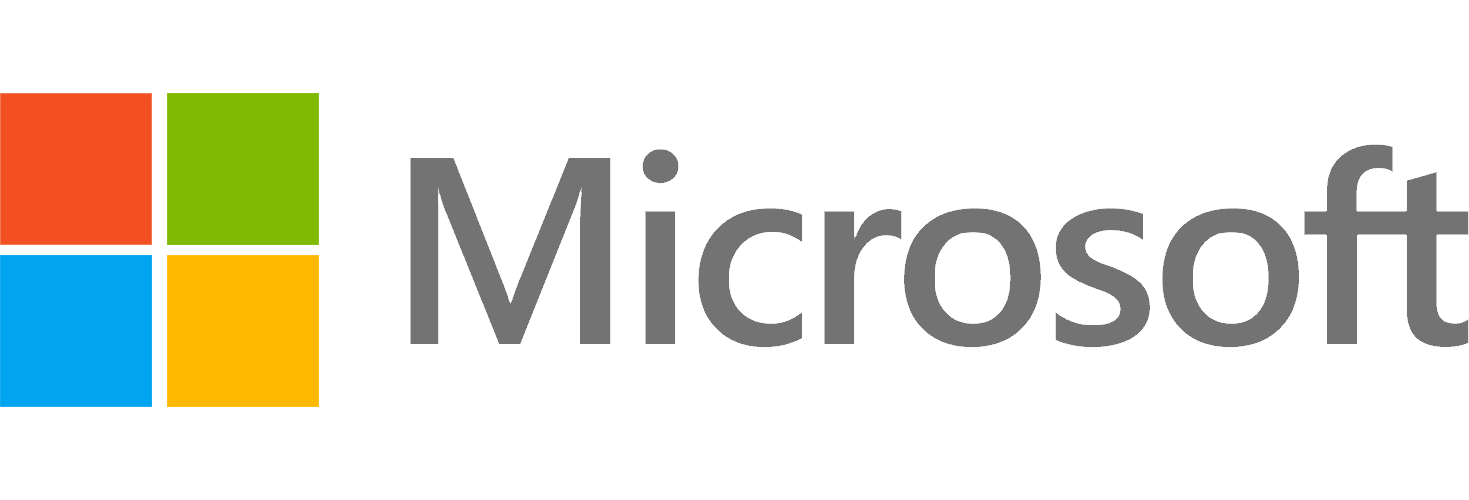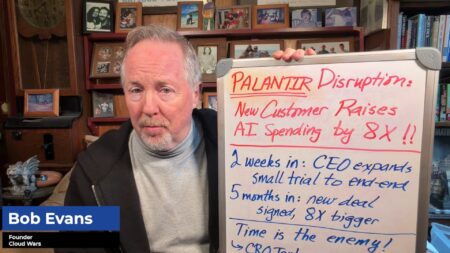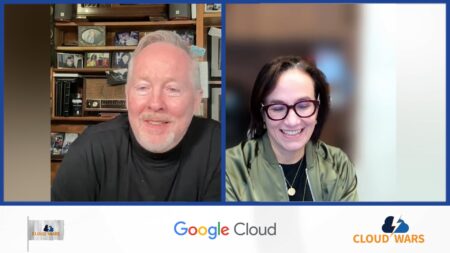
For all of Satya Nadella’s extraordinary successes in his first decade as Microsoft CEO, he now faces perhaps the toughest challenge of his career: Overhauling on the fly Microsoft’s cybersecurity culture, strategy, commitment, and capabilities.
Since becoming CEO in February 2014, Nadella has driven Microsoft to overtake AWS and become the world’s #1 cloud provider; has built a $3-trillion market cap that’s made Microsoft the world’s most-valuable company; and has fashioned one of the world’s best-known, most-influential, and most-admired corporations.
But now Nadella must confront the enemy within: A massive and wildly successful global corporation that has lost its way so badly in the existential battle against cybercriminals that not only Nadella but also the worldwide head of Microsoft’s security business felt the need late last week to publish long, detailed, and bluntly worded statements designed to showcase Microsoft’s unconditional and unwavering commitment to cybersecurity.
In a vacuum, those commentaries could be seen as commendable, and as a reaffirmation of an essential mission to ensure the safety and security Microsoft has promised, and of the trust on which Microsoft’s relationships with its largest customers has been built.
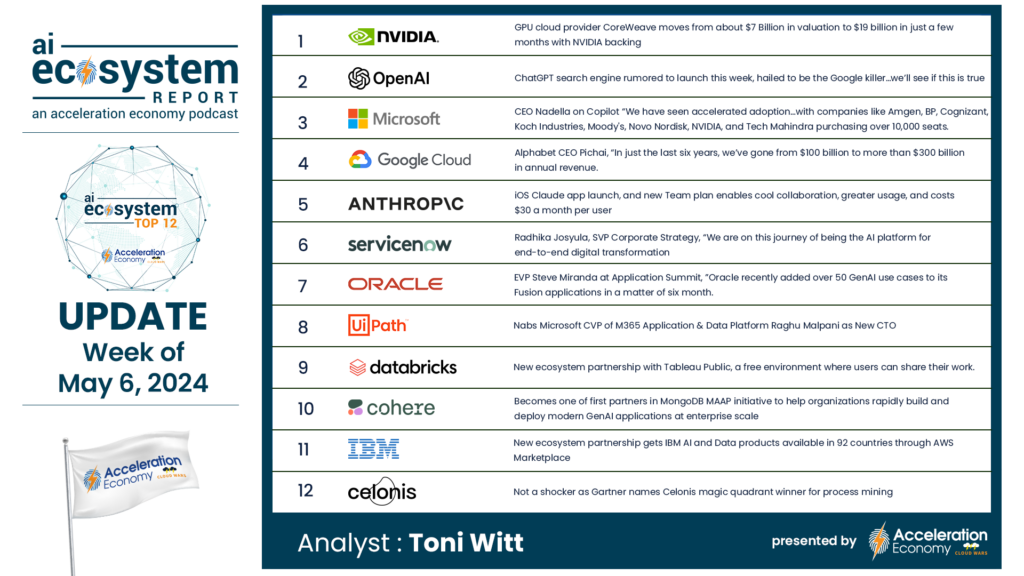
But this most certainly did not happen in a vacuum: The May 3 memo to employees from Nadella and the contemporaneous public blog post from executive vice-president Charlie Bell were both triggered by coverage of a damning report issued by a cybersecurity watchdog team within the United States Department of Homeland Security.
I first reported on the devastating findings of the report on April 8:
- Video commentary: “Can Satya Nadella Fix Microsoft’s Cybersecurity Disaster?”
- Analytical article: “Microsoft Cybersecurity Disaster Triggers Customer Doubt, Competitor Opportunity”
Then, after Nadella failed to say a single word during Microsoft’s April 25 fiscal-Q3 earnings call about the security incident or the severely critical report issued by the Cyber Safety Review Board, I followed up with two more analyses on Thursday, May 2:
- Video: “Satya Nadella: Why No Mention of China Cybersecurity Disaster?”
- Article: “Dear Satya Nadella: Why Are You Whitewashing the China Cybersecurity Disaster?”
The following day — Friday, May 3 — Nadella sent a detailed memo to all Microsoft employees about the company’s sweeping new commitment to security, and the website TheVerge.com obtained a copy, from which I’ll offer a few excerpts below.
That same morning, security EVP Bell posted his blog post, headlined “Security above all else —expanding Microsoft’s Secure Future Initiative.”
Both Nadella and Bell mentioned very specifically the China attack and breach as well as the CSRB report, and both went to great lengths to hammer home the point that Microsoft has completely overhauled its commitment to security across multiple vectors: Making security the absolute top priority for everyone in the company, mandating that security projects take precedence and budget dollars from all other development efforts, tying executive compensation to the new security initiatives, greatly enhancing cross-department collaboration and communication, and more.
I’ll offer a few key excerpts from each, and I strongly encourage everyone to read the commentaries from Nadella and Bell. The motivation behind that suggestion is not that you should necessarily believe that Nadella and his company have fixed their glaring security shortcomings —hence the headline on this article — but rather to enable you to (1) understand just how off-track Microsoft’s security culture was, and (2) judge for yourself whether Microsoft’s proposed actions live up to its lofty rhetoric.
From Nadella’s Memo
Again, to see the full memo, please check out the full article from theverge.com. After each excerpt, I’ve offered some comments in italics.
- ‘Underscores our responsibility’: “The recent findings by the Department of Homeland Security’s Cyber Safety Review Board (CSRB) regarding the Storm-0558 cyberattack, from summer 2023, underscore the severity of the threats facing our company and our customers, as well as our responsibility to defend against these increasingly sophisticated threat actors.” All of that is unequivocally true — but I believe Nadella should have focused on not only “the severity of the threats facing our company” but also the Microsoft technological and cultural shortcomings and deficiencies that the CSRB report laid out in extreme detail. To see some of the most-striking examples of those findings, check out my April 8 analysis.
- Companywide commitment: “Going forward, we will commit the entirety of our organization to SFI [Secure Future Initiative], as we double down on this initiative with an approach grounded in three core principles: Secure by Design: Security comes first when designing any product or service; Secure by Default: Security protections are enabled and enforced by default, require no extra effort, and are not optional; Secure Operations: Security controls and monitoring will continuously be improved to meet current and future threats.” Implicit in Nadella’s words is the acknowledgment that security was certainly not a companywide commitment, and that Microsoft — for all of its good intentions — is playing catch-up.
- A terrible metaphor: “Security is a team sport, and accelerating SFI isn’t just job number one for our security teams — it’s everyone’s top priority and our customers’ greatest need.” I get the idea, but that was a tin-eared metaphor: I don’t think a single Microsoft customer equates the safety and security of his/her business — and its very survival — as anything resembling a “sport.”
- #1 investment priority: “If you’re faced with the tradeoff between security and another priority, your answer is clear: Do security. In some cases, this will mean prioritizing security above other things we do, such as releasing new features or providing ongoing support for legacy systems.” Again, that’s a good remediation step — but it also underscores that Microsoft has not been doing this in the past, and has instead just chosen to speak loftily about its huge commitments to security.
From Charlie Bell’s Blog Post
I’ll offer only a couple of excerpts here but urge anyone interested in security, Microsoft, or both to read the full post to gain a detailed overview of the new mindset Nadella and Bell are looking to establish.
Talk versus real results: “We are making security our top priority at Microsoft, above all else —over all other features. We’re expanding the scope of SFI, integrating the recent recommendations from the CSRB as well as our learnings from Midnight Blizzard to ensure that our cybersecurity approach remains robust and adaptive to the evolving threat landscape.” Okay, that’s a very sound approach — but it also means Microsoft has definitely not operated that way in the past. In turn, that severely undercuts all the previous back-patting from Nadella and others about Microsoft’s unrivaled security capabilities, and the scope of the changes outlined by Bell and Nadella indicate that Microsoft’s past security rhetoric was more hot air than reality. I hope Bell will offer frequent and transparent updates, and not wait for another disaster to occur before addressing this top priority for customers.
More “team sport” talk: “Security is a team sport and is best realized when organizational boundaries are overcome. The engineering EVPs, in close coordination with SFI pillar leaders, are holding broadscale weekly and monthly operational meetings that include all levels of management and senior individual contributors.” Bell spells out how this new SFI plan will enable Microsoft’s renewed security approach to overcome the “organizational boundaries” that have clearly been huge impediments in the past. For customers, this is another clear indication that Microsoft has a long, long way to go before its capabilities are anywhere close to the aspirations laid out by Bell and Nadella. And here’s hoping Microsoft dumps the “team sport” metaphor regarding cybersecurity because while cybersecurity is many things, it is anything but a game.
Final Thought
On Feb. 2 — the day before Nadella began his second decade as the leader of Microsoft — I wrote a piece called “Satya Nadella’s Biggest Challenge: How to Top First Decade as Microsoft CEO.” In it, I laid out a detailed list of his remarkable achievements, and unashamedly expressed my admiration for his superb work. And part of my premise was that, back then in early 2024, Nadella’s biggest challenge might have been, “What do I do for an encore?”
But things move at a dizzying pace in the Cloud Wars, and today it’s pretty clear that Nadella’s biggest challenge is fixing not just Microsoft’s security technology and products and policies, but rather overhauling a culture that said one thing but did another; that gave lip service to security but failed to appropriately prioritize and invest in it; that allowed internal politics and silos to impede the provision of world-class security to customers; and that was wildly out of touch with what customers want and need here at, as Nadella has called it, “the dawn of the AI era.”
Good luck to Nadella and team on that mission, and here’s hoping Nadella exerts intense and relentless pressure on the entire company to live up to the lofty promises laid out on May 3 by him and EVP Bell.
Because not only the future of Microsoft but also the financial health of many thousands of Microsoft customers are riding on Satya Nadella’s ability to radically change his company.

Register for Acceleration Economy’s Cloud Wars CEO Outlook 2024 Course, now available. Featuring exclusive interviews on strategy, AI, and customers with the CEOs of Cloud Wars Top 10 companies.


